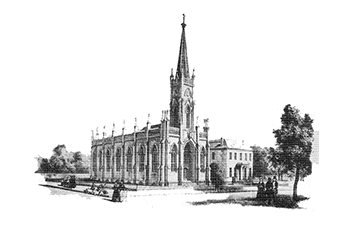The Statues in St. Mary Basilica
In his diary, Bishop Janssens (fourth bishop of Natchez) under date of February 25, 1882 we read: “Placed in their niches the statues of the Mother of Sorrows and St. Francis of Assisium, gifts of my mother. St. Alphonsus, St. Edward, gifts of my brothers, Edward and Alphonse. St. Aloysius and St. Agnes gifts of Constance Pollet and Louise. St. Theresa gift of Miss Fanny Inegles.”
Two other statues are mentioned in his diary, under date of December 21, 1883: “The statue of the Sacred Heart in the Cathedral was donated by the Most Rev. Archbishop Elder, and the Pieta by me.” This from Cradle Days of St. Mary’s at Natchez, by Most Rev. R.O. Gerow
-
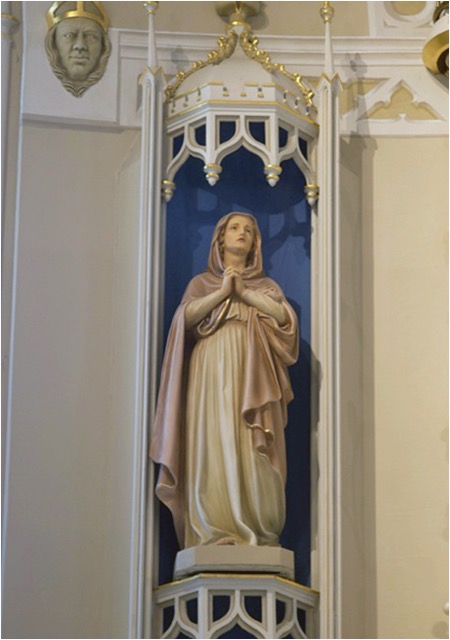
Mother of Sorrows -
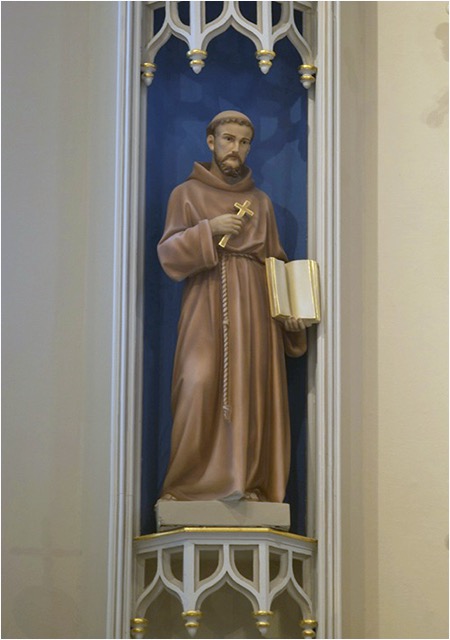
St. Francis of Assisi -
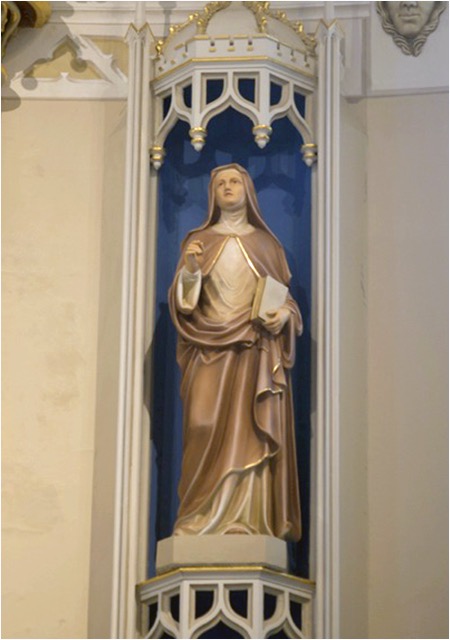
St. Theresa of Avila -
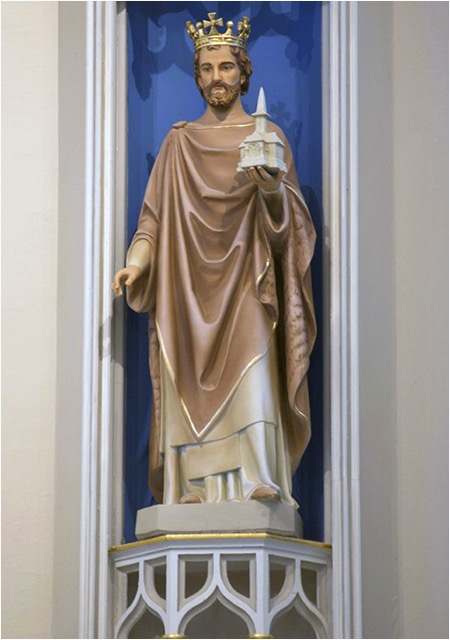
St. Edward -
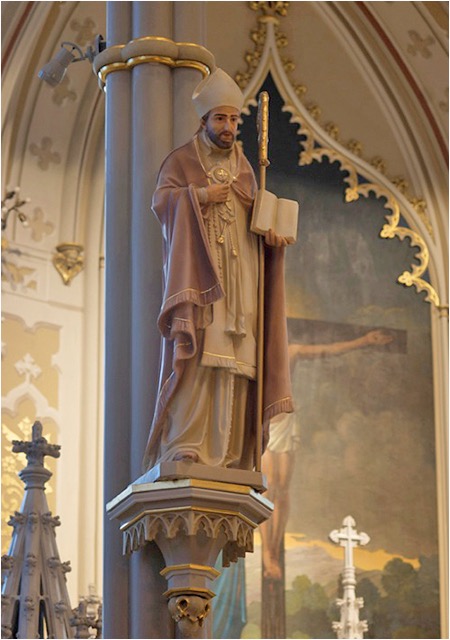
St. Alphonsus -
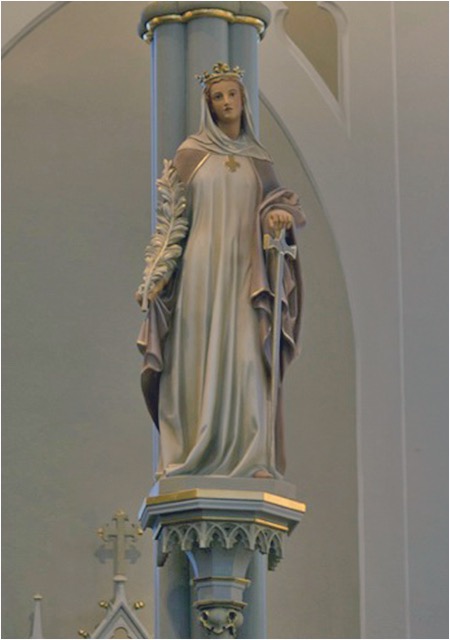
St. Emily -
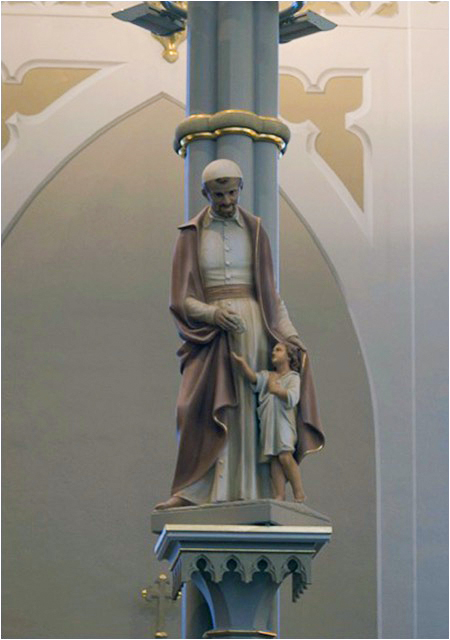
St. Vincent de Paul -
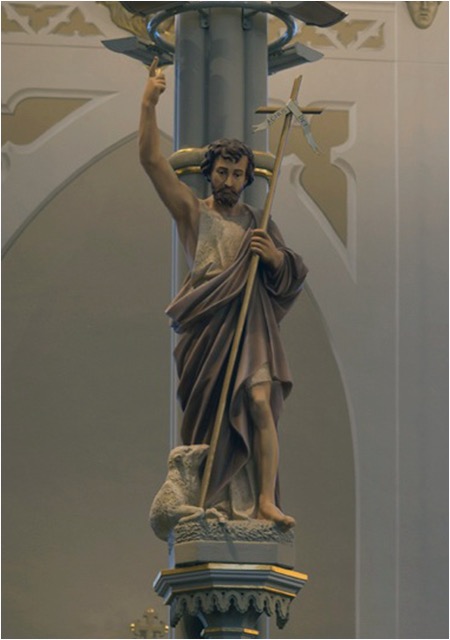
St. John the Baptist -
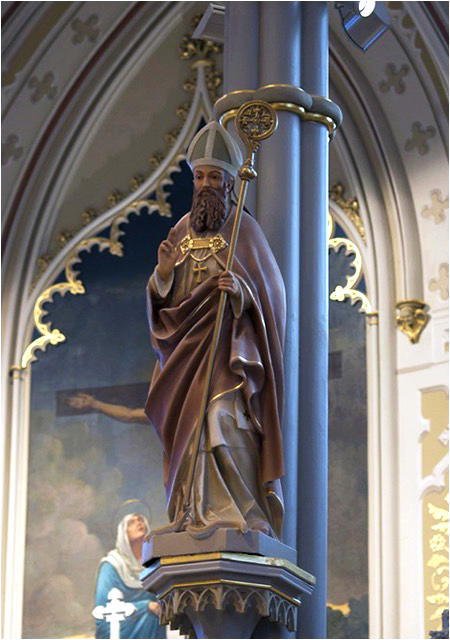
St. Patrick -
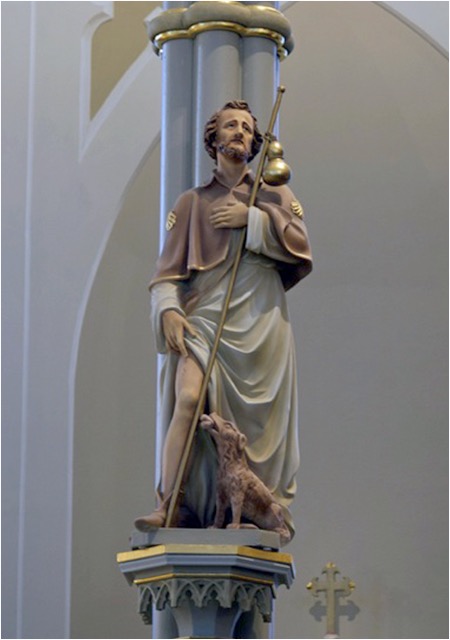
St. Roch -
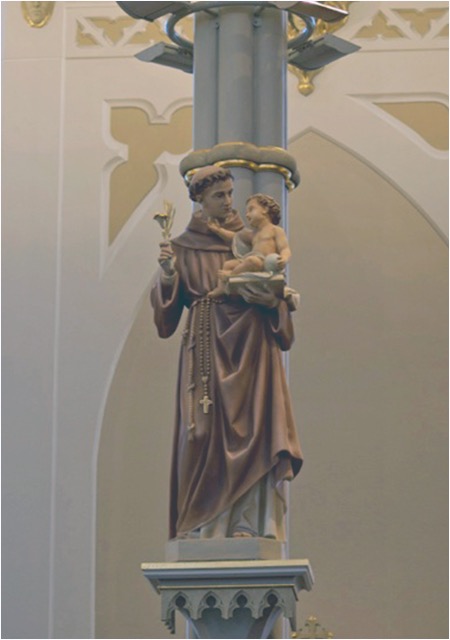
St. Anthony -
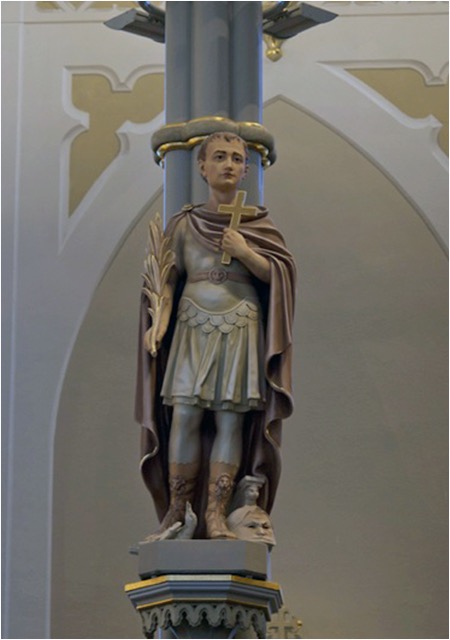
St. Eustachius -
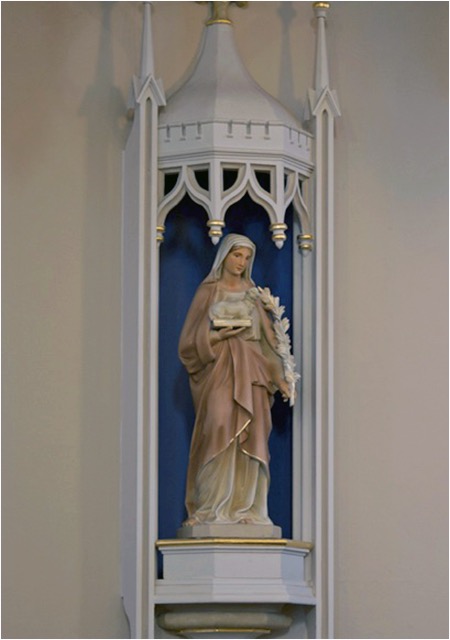
St. Agnes -
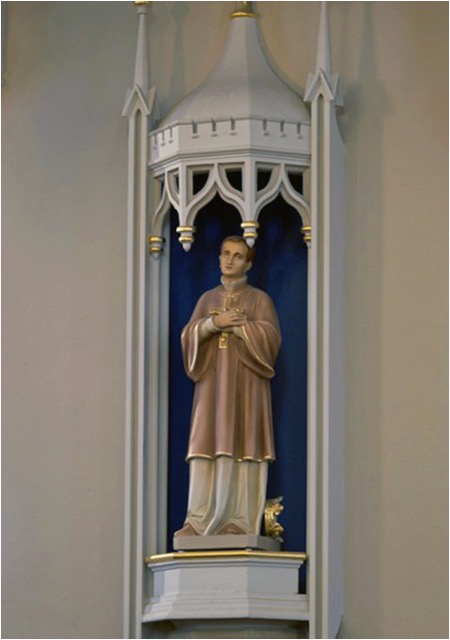
St. Aloysius -
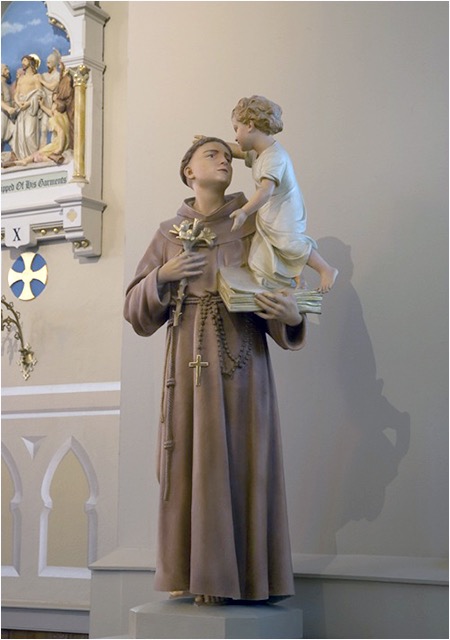
St. Anthony -
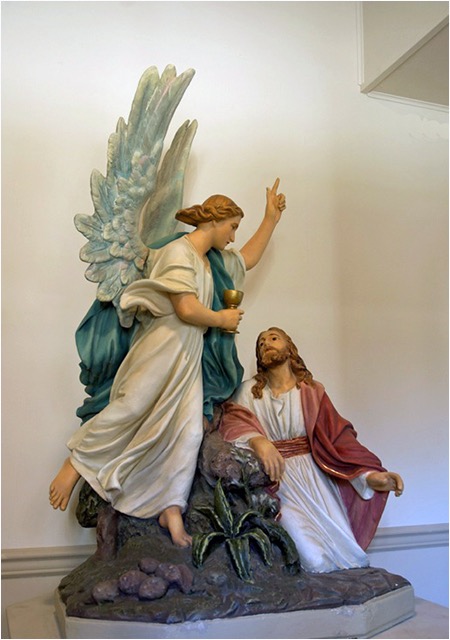
Agony in the Garden -
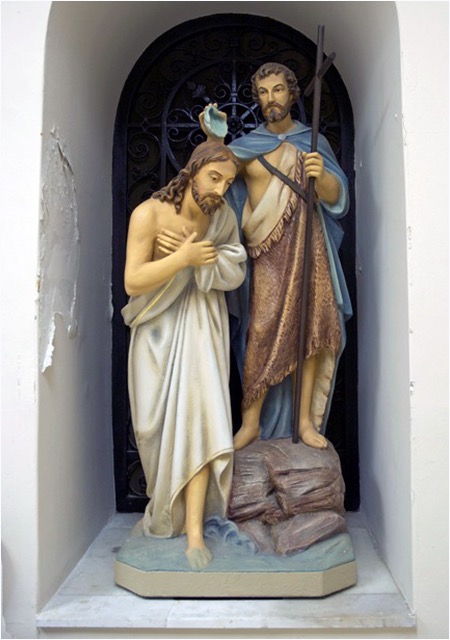
Baptism of Jesus -
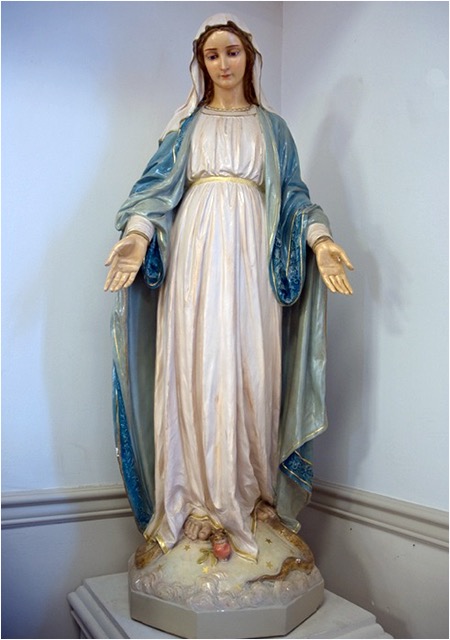
Immaculate Conception -
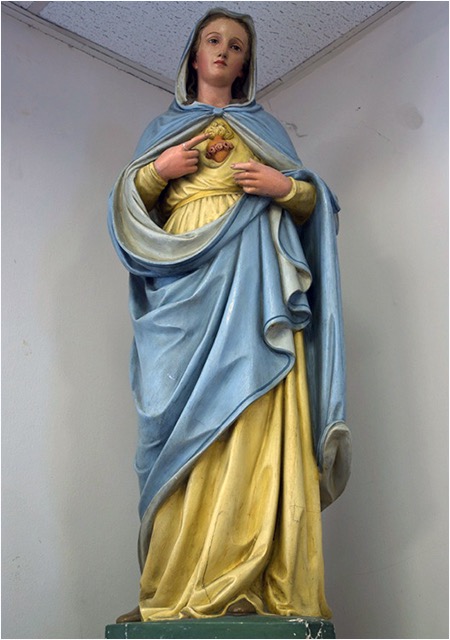
Sacred Heart of Mary -
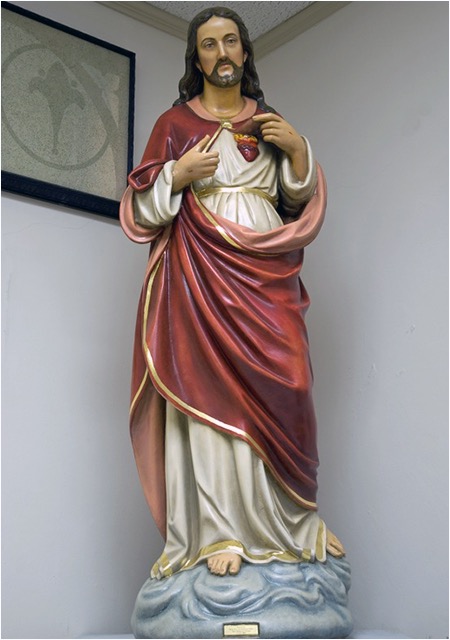
Sacred Heart of Jesus -
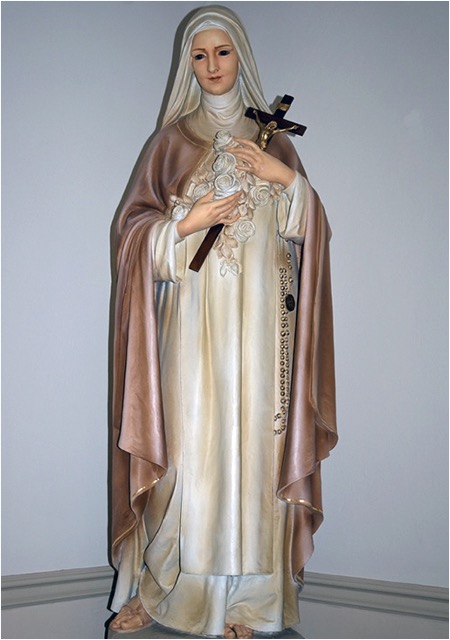
St. Thérèse of Lisieux -
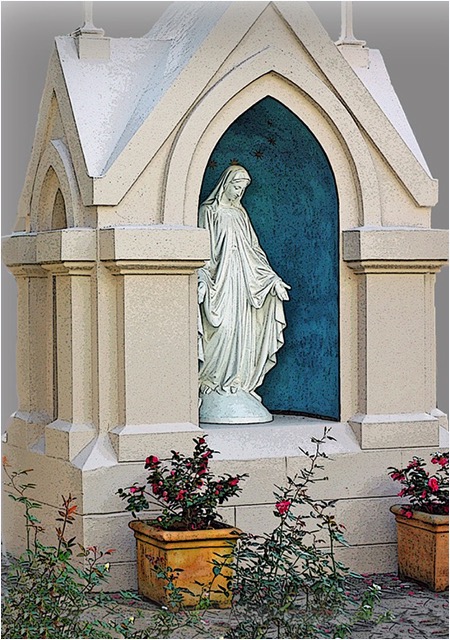
Shrine of the Immaculate Conception
When did we begin to venerate saints?
The various Church communities cherished the early Christian martyrs and commemorated the anniversaries of their deaths (their birth into eternal life) by keeping all-night vigil at their graves and celebrating a Eucharist in the early morning.
By the time Christianity became an accepted religion in the Roman Empire, the cult of martyrs was wellestablished and they were being invoked as intercessors. Particular saints could plead before God on behalf of certain communities or individuals.
Members of the community still living on earth could intercede on behalf of those in purgatory. Praying for the dead is based on the scriptural passage in 2 Maccabees 12:43-46: "It is a holy and wholesome thing to pray for the dead that they may be loosed from their sins."
There was much emphasis placed on this idea of a saintly community in the early Church. All the saints—those on earth, those in heaven and those in purgatory—were seen as belonging to the one body of Christ.
St. John Chrysostom, who died in 407, called for a "feast of martyrs of the whole world." At his behest the feast of All Saints (All Hallows), those known and unknown, has been observed since his time.
The fourth-century Nicene Creed leaves us in no doubt of the importance of this early Church teaching. As Christians we profess a belief in the communion of saints.
Adapted from Scripture from Scratch, a newsletter from St. Anthony Messenger Press
